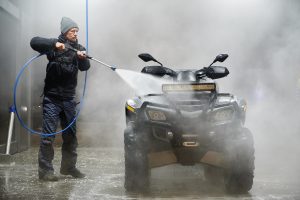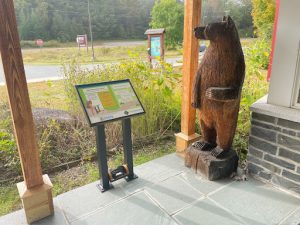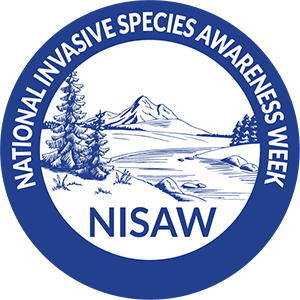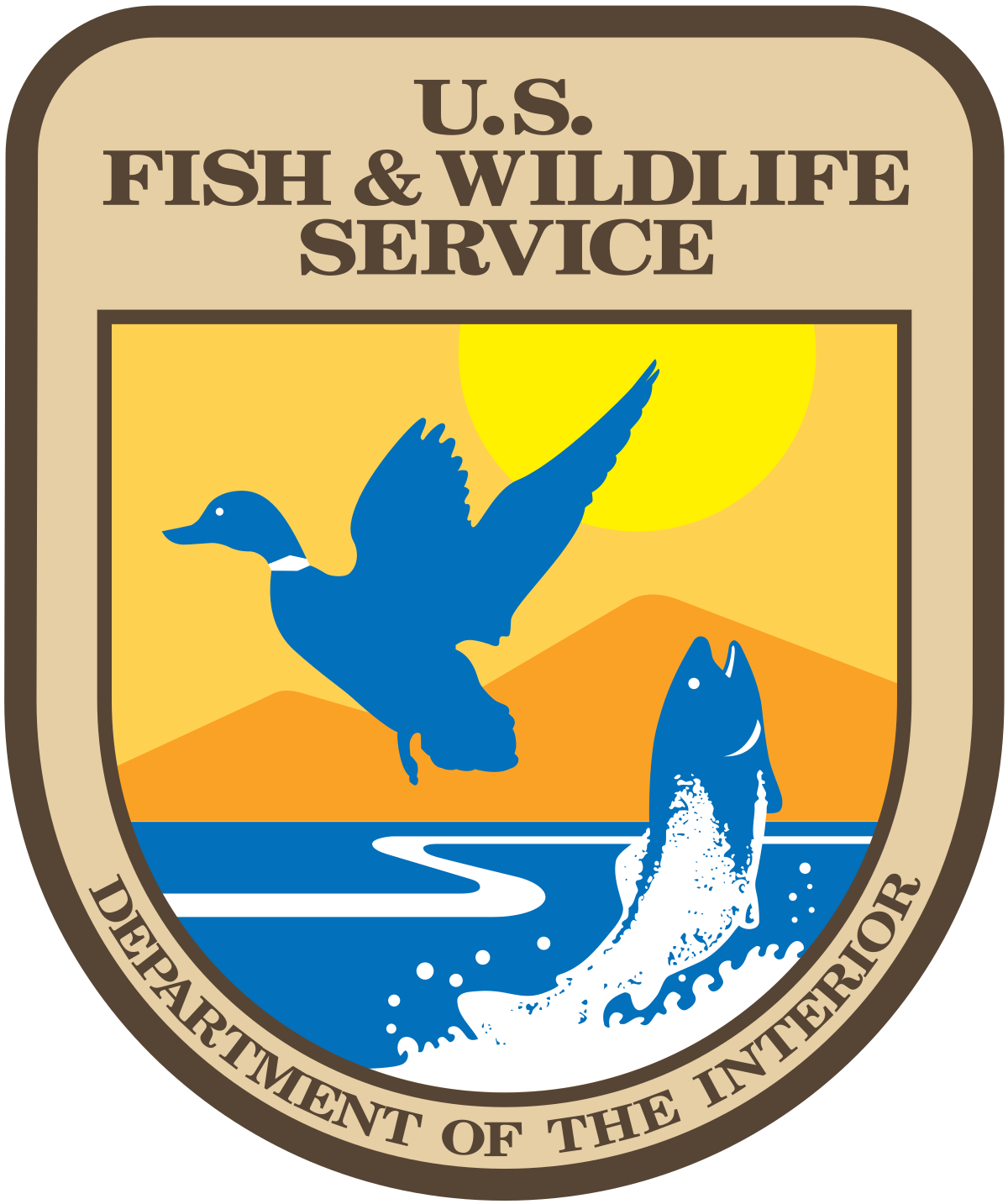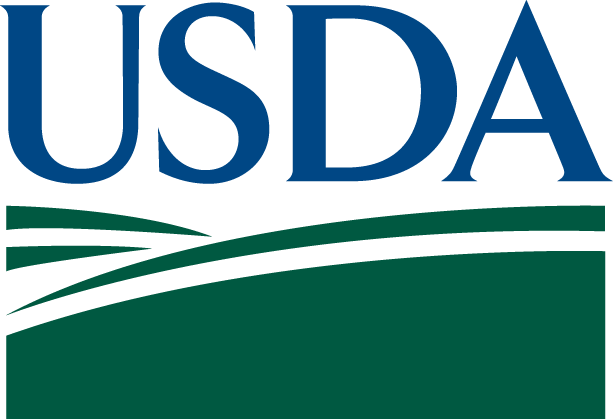Trudging through the crunchy snow searching for the perfect Christmas tree is a great memory for many of us, one we look forward to repeating every year.
But for wildlife, newly cut Christmas trees, firewood and greenery can be a source of deadly diseases, pests, and other invasive species (oh, and don’t get us started about invasive plants in floral arrangements).
Fortunately, it’s easy to make sure your Christmas tree traditions and holiday greenery are not contributing to the spread of invasive species.
Protecting Wildlife Without Giving Up Tradition
Christmas trees are steeped in memory and tradition for many people, whether it’s boughs hanging over a roaring fire or listening to holiday music while adoring a tree with ornaments.
When you’re spreading holiday cheer, the furthest thing from your mind is invasive species. But non-native, invasive species are really changing the look and tree diversity of our favorite forests in many parts of the country. Newly cut Christmas trees, firewood and greenery can expose other trees to invasive species when hauled to the car and driven home.
Fortunately, it’s easy to make sure your Christmas tree traditions and holiday greenery decorations are not contributing to the spread of invasive species.
Here are tips from the North American Invasive Species Management Association:
Look Local for Your Christmas Tree
The farther you move a tree, the more likely you could be introducing a brand-new pest to your neighborhood. If you decide to go hiking for that perfect tree on public lands (with appropriate permits), try to keep within 10 or 20 miles of your home. The closer you are to your home, the less likely you’ll be to expose trees to a new disease or pest. Permits are inexpensive, and it can be a fun family outing.
Buy Your Tree Locally
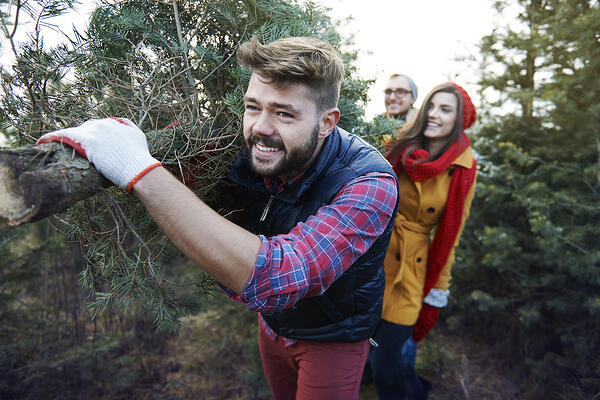
There are a ton of options to buy quality trees locally. A visit to a local tree farm can be just as fun as a hiking hunt. A bigger benefit may be that many of them will haul the tree, wrap it, and tie it to your vehicle. Not to mention the festive gift shop and piping hot cocoa!
If you buy from a pre-cut tree from a store, make sure it’s an established, reputable vendor. Some seasonal tree sellers that are set up alongside a road may be less likely to comply with state or federal regulations to protect forests for disease and pests.
Get a Healthy Tree
Be picky! Don’t pick the tree with brown or shedding needles. Those trees aren’t just a fire hazard; they could be harboring diseases. Pick a tree with perky, bright-green needles and springy, soft branches.
Buy Wreaths, Garlands, and Boughs from Established Vendors
Many people buy wreaths online — which is fine, if you buy from established companies. Avoid “great deals” on eBay and Craigslist from unknown people. Established companies have to comply with regulations and quarantines designed to stop the spread of invasive pests. A random person selling a wreath on eBay may not.
Dispose of Your Tree, Greenery, and Wreath Properly
It might be tempting to put your tree in the backyard or in a brush pile to help wildlife. Don’t do this. If your tree does contain invasive species, you’re introducing them to the neighborhood. Many communities now recycle trees, and that’s the best option. If you can’t recycle, dispose of your tree at a municipal compost facility or in the regular trash. Learn more about moving Christmas trees from our friends at Don’t Move Firewood.

Written by Krista Lutzke
Krista served as NAISMA’s PlayCleanGo Program Manager 2019-2022. Her natural resources career began with the Wisconsin DNR in the Natural Heritage Conservation Bureau conducting invasive species management and later working as the Great Lakes Restoration Initiative’s Phragmites australis Project Coordinator. Most recently she served as Conservationist with the Door County Soil & Water Conservation Department. She loves to go on road trips with her family, exploring all of our National Parks, camping, hiking, birding, and botanizing.


